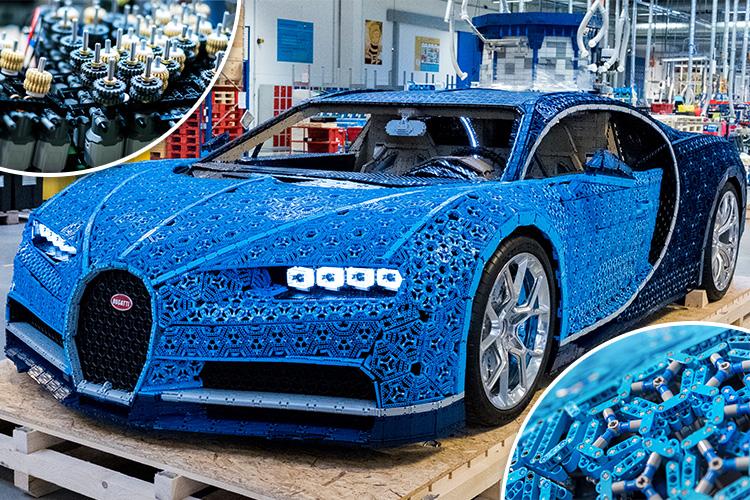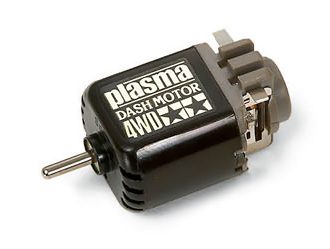GTPNewsWire
Bot
- 24,598

- GTPHQ
This is the discussion thread for a recent post on GTPlanet:
This article was published by Andrew Evans (@Famine) on August 30th, 2018 in the Car Culture category.

Oh, they have always been eye-wateringly expensive, even when I was a kid. Even now, as an adult with some more spending money, I have a hard time pulling the trigger on Lego. Recently picked up the Technic 1/8 scale Porsche, which took me over a year to justify spending on. Glad I got it, though, and the 1/8 Chiron is likely my next buy.Seems like an awful lot of trouble to go to to promote two products that are unlikely to have any crossover to potential customers. Having said that, Lego is eye-wateringly expensive these days.

From the article:I can't fathom how much time it took to design and plan it.
13,000 man-hours


 It really hasn't translated well to Lego imo and costs a ridiculous amount.
It really hasn't translated well to Lego imo and costs a ridiculous amount.I can't really visualise how lots of tiny little motors can come together to power an actual life sized car. I looked up videos of the power function motors and they are tiny! You'd need a huge amount of gearsets just to harness all those motors, let alone multiply the torque enough to move the car.
I can't really visualise how lots of tiny little motors can come together to power an actual life sized car. I looked up videos of the power function motors and they are tiny! You'd need a huge amount of gearsets just to harness all those motors, let alone multiply the torque enough to move the car.

Nope. All LEGO.Under the layer of Lego it must literally be a thin aluminium tub on wheels.
Given the price of Lego kits it would probably cost more than the real thing.
Wonder if the dude who spent that ridiculously amount of money for the Vision GT car would buy this too for that much.So, the 1:8 scale is $350.
Scaling that price tag up to 1:1 (350x8^3) gives $179,200. However, due to the Square-Cube law structural strength diminishes with increase in size, so let’s add some extra bits and pieces and call it $200,000.
Add to that a build cost of roughly $300,000 (13,000 hours) for a grand total of $500,000.
Wonder how fast it would go if they put 2300 of this instead#Only90sKidsWillKnow

You don't clean up LEGOs when what you build breaks...you build something else.Imagine cleaning up all those Lego pieces in the event of a crash........